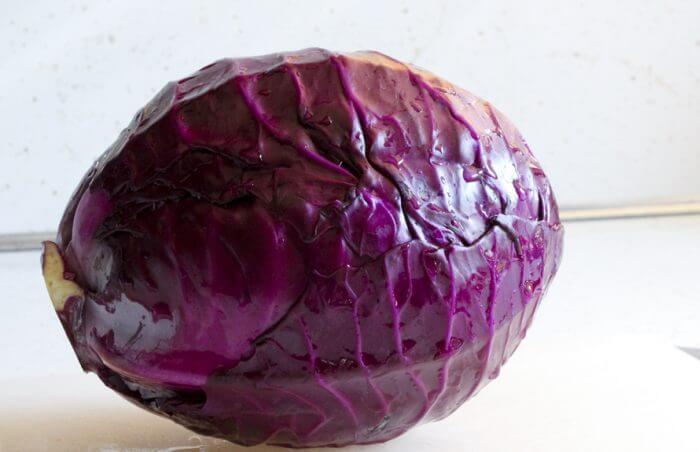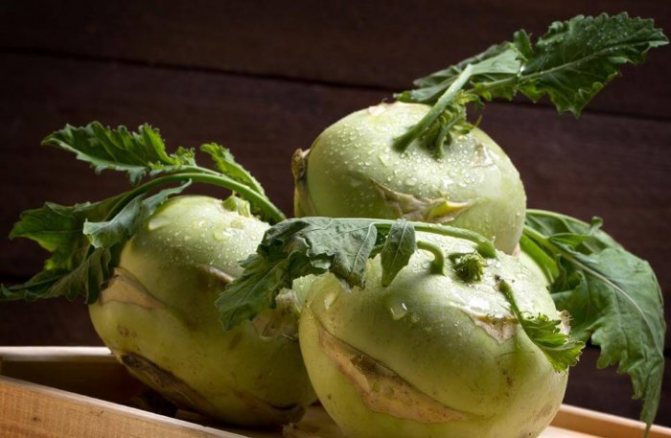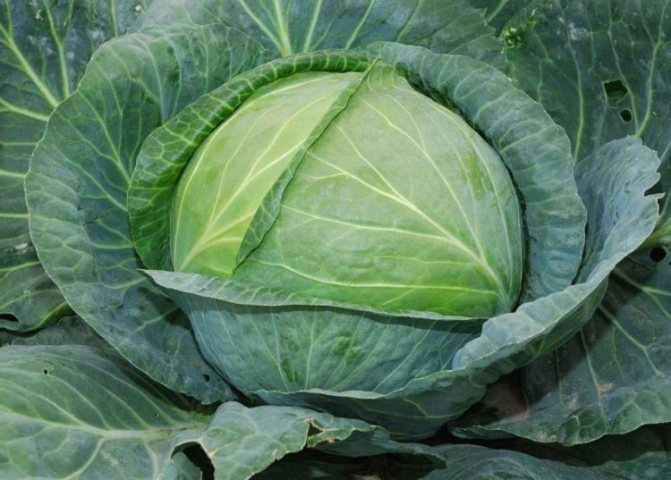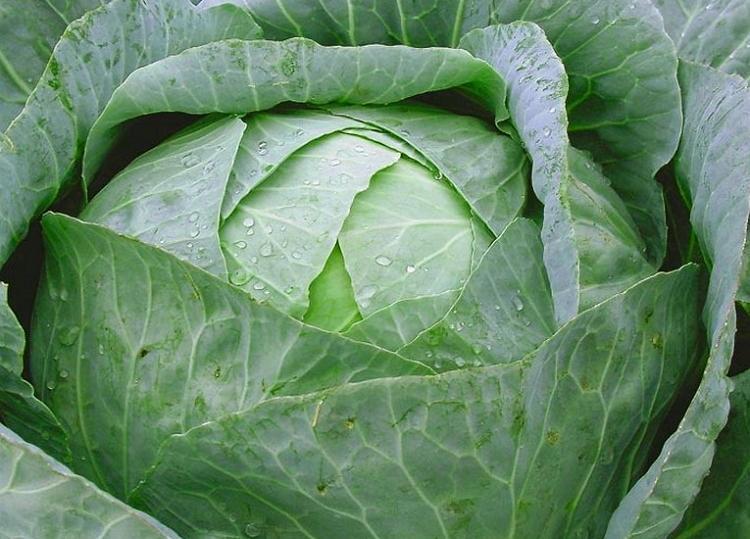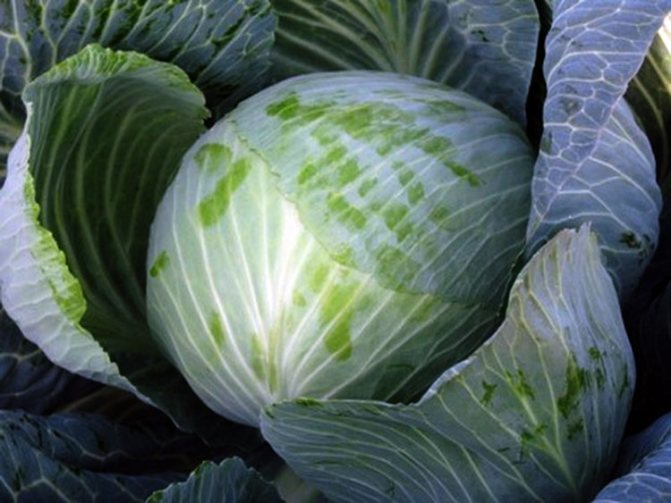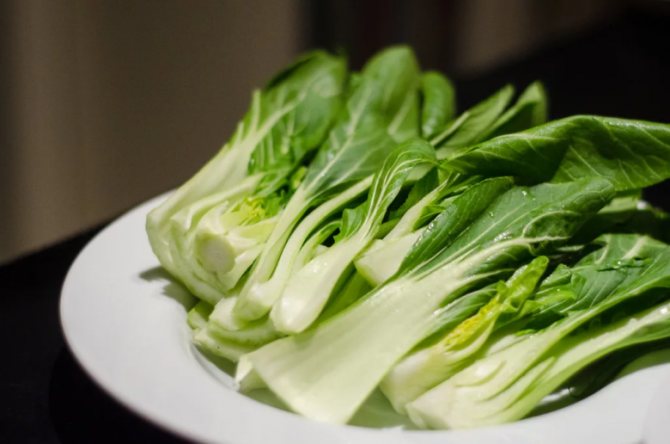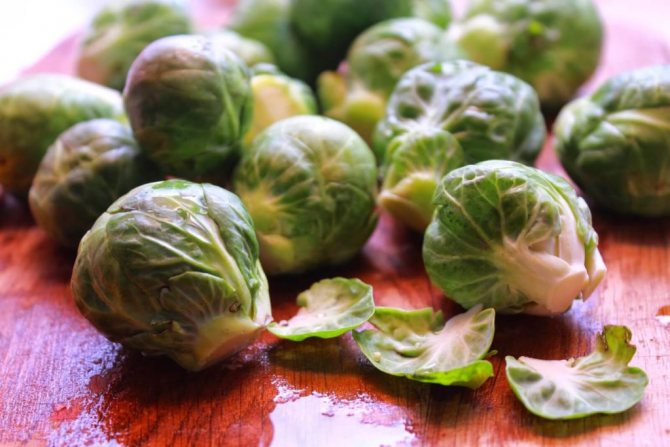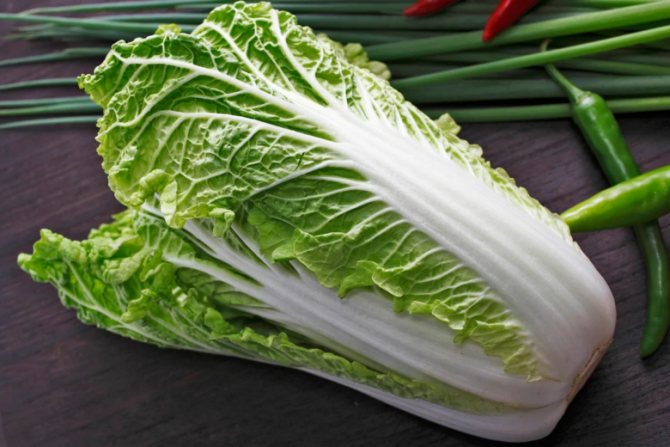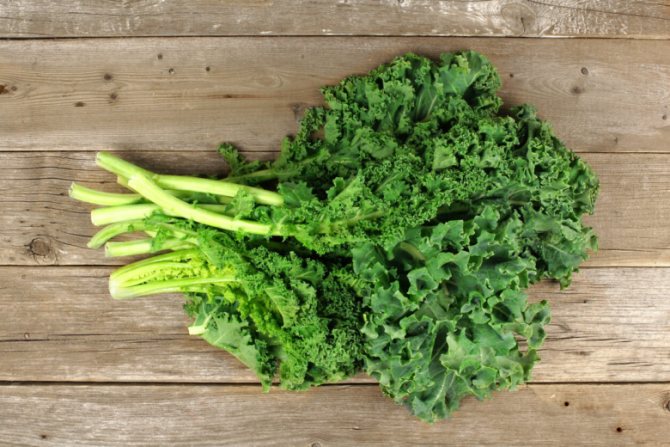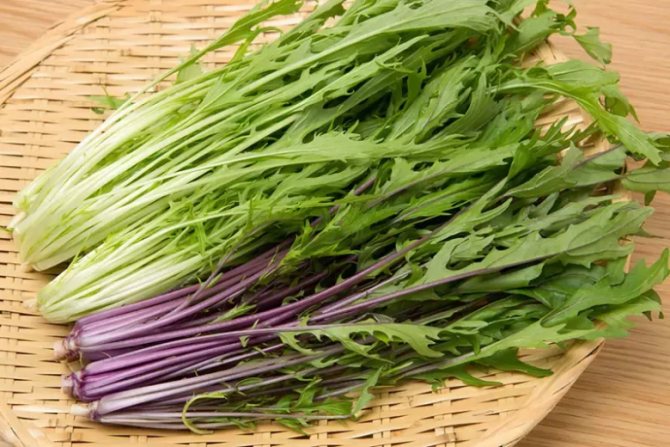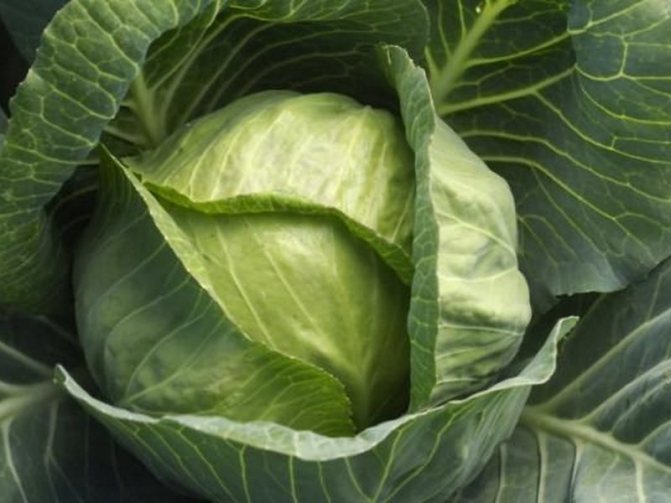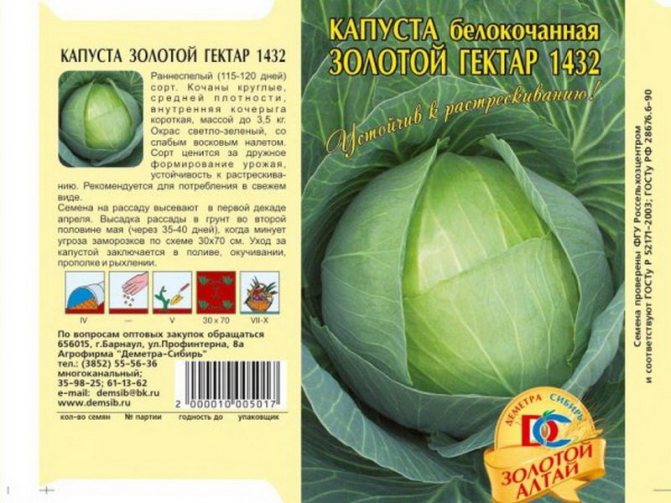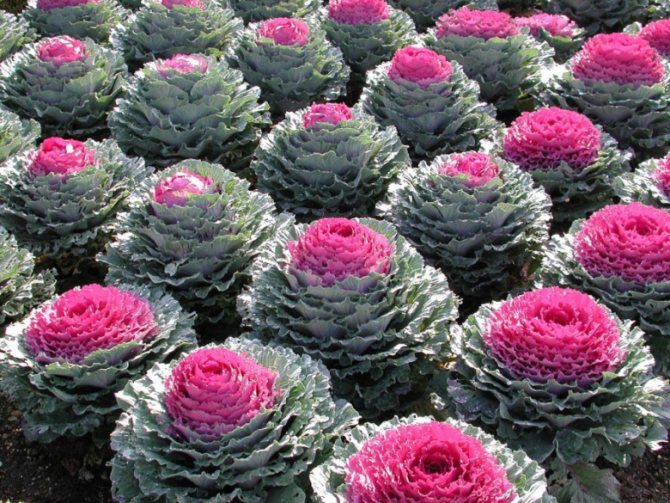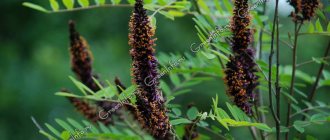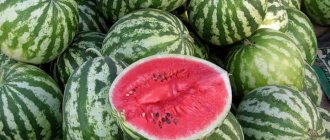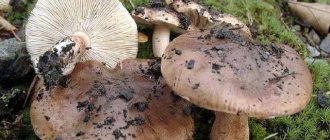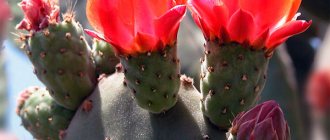Types of cabbage, their photos, description and useful properties
In the understanding of the majority, cabbage is that white vegetable that is great for making borscht, stuffed cabbage and salads. Red cabbage is less popular, but in fact, the choice of cabbage is not limited to these two types.
There is such a wide range of this crop on the modern agricultural market that you can easily grow Chinese, Brussels sprouts and even Peking cabbage in your own garden. At the same time, almost all of these vegetables are cultivated by the seedling method, and each species has its own cultivation characteristics and a wide range of useful properties. Next, we will take a closer look at the main types of cabbage that can be grown in temperate climates, and their photos and detailed descriptions will help you make the right choice.
Cabbage varieties: "Chinese"
The composition of cabbage varieties "white" and "Chinese" are very similar. However, there are differences in appearance. As part of this variety, there is a substance capable of removing toxins and toxins from the human body. Also, cabbage increases the level of immunity, which contributes to longevity. Among the advantages, one can also note the ripening of fruits by the beginning of summer, which contributes to the replenishment of vitamins in the body after winter, a convenient structure for feeding children, and simple rules of care. Of the shortcomings, a huge stump can be distinguished, but it can also be eaten.
The vegetable lends itself easily to heat treatment. In the cold season, it is possible to transplant into a container and move it into the house.
White-headed
It perfectly tolerates a harsh cold climate, but requires enough light, moisture and high soil fertility. Depending on the variety, white cabbage differs in the shape and weight of the heads. Due to its high yield and the possibility of long-term storage, this particular vegetable is considered the most common in our country (Figure 1).
Seedlings tolerate frosts well, but the formed plant stops growing at high temperatures (more than 30 degrees). The formation of heads of cabbage is also negatively affected by a lack of moisture. In addition, the plant, regardless of the growing phase, actively draws nutrients from the soil, therefore, to grow a large crop, additional fertilizers must be applied.

Figure 1. White cabbage at different stages of cultivation
Vegetable has many useful properties:
- Contains a lot of vitamin C, which is not destroyed even when fermented, so regular consumption helps to increase immunity;
- Vegetable juice is used to treat gastritis, ulcers and other diseases of the digestive system;
- The juice of this vegetable is also used in cosmetology, as it has a rejuvenating effect;
- The acids that make up the vegetable contribute to weight loss, preventing the conversion of excess carbohydrates into adipose tissue.
In addition, regular consumption of fresh or sauerkraut helps fight headaches and insomnia.
Redhead
Externally, red-headed varieties differ from white-headed varieties only in red-violet color (Figure 2). This vegetable also keeps well, and the cultivation technology is the same. There are early, mid and late varieties, and although it is usually consumed fresh, it is well suited for pickling and pickling.
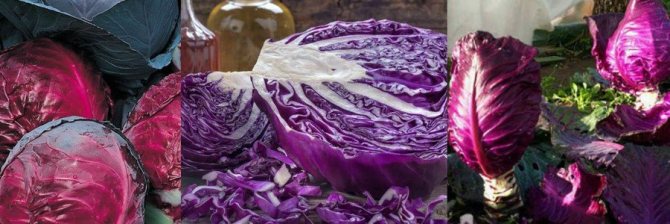

Figure 2. Red cabbage
The beneficial properties of the vegetable are very extensive. In comparison with white cabbage, it contains much more vitamin C and carotene (2 and 4 times, respectively). In addition, it is rich in minerals, proteins and iodine and is used for general immunity support.
Color
Cauliflower is considered one of the healthiest plants in the world. But growing a vegetable requires proper care. First of all, you need to ensure regular watering, as dry soil will slow down the formation of heads. In addition, she needs additional feed during the entire growing period. As a rule, it is fertilized with a mixture of nitrophoska and mullein, starting to apply fertilizer a few days after planting and seedling. Further feeding is repeated after 2-3 weeks.
The plant tolerates any climatic conditions well, so there is no need to select a variety depending on the region (Figure 3).
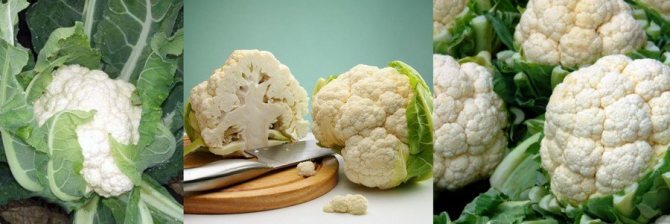

Figure 3. Cauliflower heads
The vegetable is considered the leader in beneficial properties:
- Due to its low fiber content, the plant is recommended for people with diseases of the digestive system.
- Contains a lot of protein, vitamin C and minerals that are quickly absorbed by the body.
- The vegetable is used to prevent cancer, and thanks to its valuable dietary properties, it can even be consumed by children and babies.
Unfortunately, most of the nutrients are lost during heat treatment, so it is better to consume it raw to saturate the body with vitamins and minerals.
Broccoli
Externally, broccoli is similar to colored, but the head is slightly different in shape. It consists of branched stems with buds at the ends (Figure 4). The most popular are mid-season varieties.
Broccoli is less demanding on temperature, lighting and soil than other species, but does not grow well on acidic soil. For a good harvest, broccoli needs to be watered regularly, loosened and fertilized with boron.
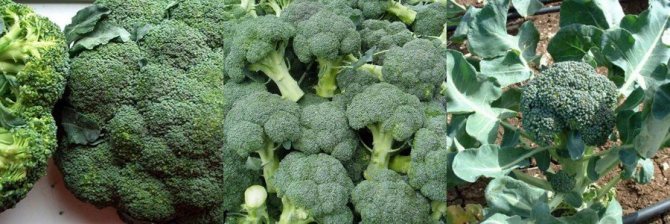

Figure 4. External features of broccoli
This species has many useful properties. So, it contains a lot of proteins (much more than in other types), carotene, folic acid, vitamin C and other useful microelements. Fresh broccoli is recommended for people with obesity, atherosclerosis and cancer. But it is advisable to eat the dishes raw or steam them in order to preserve the maximum amount of nutrients.
Inflorescence instead of head
Broccoli, cauliflower - the name is familiar to everyone. In some ways they are similar, but there are differences.
Cauliflower
Cauliflower in popularity can be put in second place after white cabbage. She has a thick branched stem, around which dense numerous inflorescences are formed. Most often they are white or yellowish-creamy. Recently, many new varieties have been bred that have different colors: pink, purple and even orange.
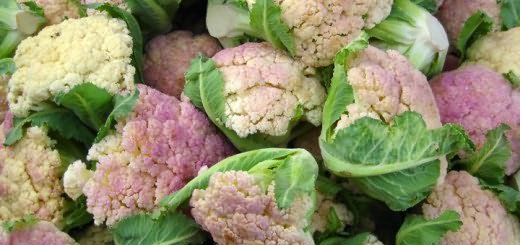

Nowadays, cauliflower is widespread and cultivated throughout Europe, in South and North America, China and Japan.
The State Register of Breeding Achievements recommends more than 150 varieties of this variety for growing. Among the offered variety, you can choose varieties that are suitable in terms of ripening, yield and care characteristics. When growing cauliflower, the following nuances must be taken into account:
- the plant loves fertile soil;
- cabbage heads should be shaded.When exposed to direct sunlight, the inflorescences can get burned, which will lead to the appearance of brown spots;
- cabbage is frost-resistant, but does not tie inflorescences at temperatures below +10 degrees;
- the plant does not tolerate heat and drought;
- overexposed heads on the beds become loose and tasteless.
Cauliflower is rich in protein, potassium, calcium, iron, phosphorus, and a number of vitamins. It is known for its hypoallergenic and dietary qualities, therefore it is recommended even for the first feeding of infants. In cooking, cauliflower is used both as an independent dish and in combination with other vegetables. It can be fried, boiled, baked, pickled, frozen and even salted.


Rosy, fragrant, crispy on the outside and tender on the inside, fried cauliflower in cheese breading is impossible not to fall in love with!
When preparing cauliflower dishes, it should be borne in mind that with prolonged heat treatment, the vegetable loses some of its beneficial properties.
Picturesque Romanesco
Romanesco is a type of cauliflower. This is an interesting and unusual form, which is distinguished by its softness and tenderness of texture and taste, as well as decorativeness. Romanesco buds are arranged in a spiral and form pointed inflorescences.
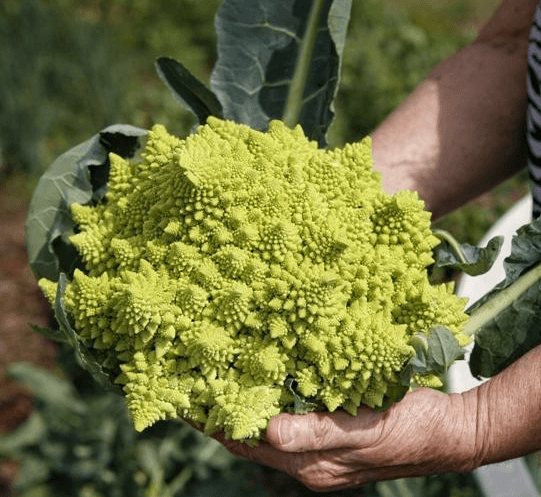

Romanesco cabbage (Italian romanesco - roman cabbage) - is the result of breeding experiments on crossing cauliflower and broccoli
Romanesco taste is pleasant, creamy nutty without bitterness. Like ordinary cauliflower, it can be stewed, fried, pickled. Due to its exquisite shape, the vegetable is often used to decorate dishes.
Video: Romanesco cabbage is a super food you haven't tried
Healthy broccoli
Recently, gardeners are increasingly planting this type of cabbage on their plots. The growing popularity is due to the unpretentiousness of the culture to growing conditions and a rich set of nutrients. It can be planted early, since broccoli easily tolerates cold snaps, it is undemanding to watering and soil fertility. In the first year, a large number of peduncles with dense groups of small buds at the ends are formed on the thick central trunk of broccoli. Together, the peduncles make up a small loose head. Overgrown broccoli inflorescences can have a green color and its shades, there are varieties with purple and white buds.
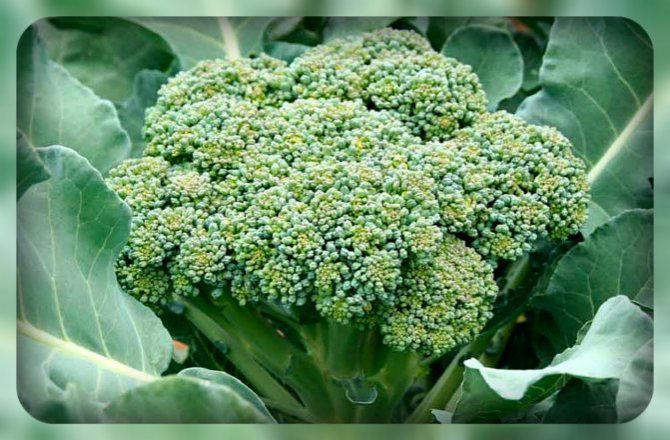

In appearance, broccoli is similar to cauliflower, but at the same time, the forming heads are most often pronounced green in color and small in size.
The broccoli head is cut off when it reaches a diameter of 10–17 cm and the buds do not begin to develop into flowers. When cut correctly (at the base above the leaves), new inflorescences will begin to develop from the lateral buds. They will not grow as large as the central head, but they will not yield to it in taste and useful properties. Thus, the fruiting of broccoli can be extended over several months.
The yellow color of broccoli buds is evidence that the cabbage is overripe and not suitable for human consumption.
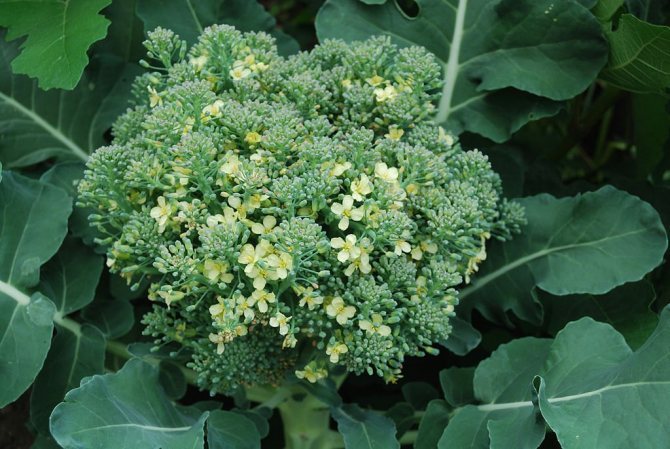

The broccoli must be harvested before the green buds open and turn into yellow flowers.
Broccoli has a high content of useful elements: vitamins, minerals, protein and fiber. The consumption of a vegetable has a beneficial effect on the performance of the body, it has an antioxidant effect, helps to eliminate toxins.
It is not recommended to store freshly cut cabbage heads for a long time - they quickly lose their usefulness. Freezing vegetables helps to preserve vitamins and other useful elements.
Broccoli does not need to be cooked for a long time. It is steamed or blanched. This type of cabbage is used in salads, soups, casseroles, vegetable stews, and can be canned with rice and other vegetables.


Fried broccoli in batter is not only very tasty, but also looks very impressive.
Broccoli cabbage is one of the best dietary products: 100 g of vegetable contains only 34 kcal.
Kohlrabi
A special feature of kohlrabi is that it is eaten with a stem crop, which can be round, flat or ovoid. In addition, fruits vary in color and size (Figure 5).
The most popular are the early kohlrabi varieties. The diameter of the stalk can reach 15 cm. It is very juicy, as it mainly consists of water, but also contains many vitamins and sugars.


Figure 5. Types of kohlrabi
To grow kohlrabi, you need to plant seedlings, which are transplanted into open ground at the age of 4-45 days. It perfectly tolerates cold and spring frosts, but requires fertile soil and regular watering. It is planted in rows, leaving a distance of 25-30 cm between the bushes, although in general, caring for kohlrabi does not differ from other species. But you can grow kohlrabi immediately in the open field, picking up early varieties for this.
The beneficial properties of kohlrabi include, first of all, a high content of vitamin C, fructose and glucose, therefore it is recommended to use this vegetable in its raw form for diabetics and people with diseases of the digestive system.
Sheet
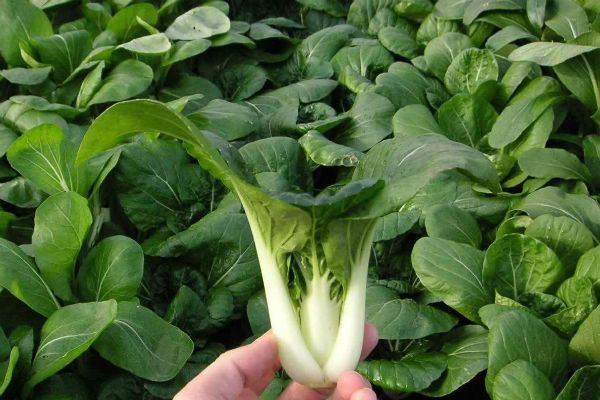

Curly, Kale, Grunkol, Braunkol or Brunkol is an annual frost-resistant (withstand up to 15 degrees of frost) vegetable, ornamental, fodder plant of the Cabbage family with unusual lacy green, purple, red, and hard stems. It has good taste qualities, especially after freezing, however, only leaves are used for food, as the stem does not create a head of cabbage.
Brussels
This type is not yet very common in our country. The main feature of the plant is the small heads located in the axils of the leaves along the entire length of the stem. The diameter of the head rarely exceeds 5 cm.You can see how it grows in Figure 6.


Figure 6. Features of the cultivation and storage of Brussels sprouts
They care for this crop in the same way as for other species. The only difference is that as the heads ripen, they are plucked and the leaves are removed in order to activate the growth of new heads. Harvesting lasts from August until the first cold weather in October. The harvested crop can be stored both in heads and directly on the stem, after removing the leaves.
The value of a vegetable is due to its beneficial properties. It contains almost all the B vitamins, vitamins C and E, folic acid and beta-carotene. Also, the vegetable contains proteins, omega-3 fatty acids and many minerals (calcium, magnesium, iron, etc.). Regular consumption helps to maintain youth and remove toxins from the body. In addition, the plant contains mustard oils, which give it an unusual nutty flavor.
Beijing
Outwardly, Pekingka resembles a hybrid of ordinary cabbage and salad. She has elongated heads with juicy leaves, which are eaten raw (Figure 7).
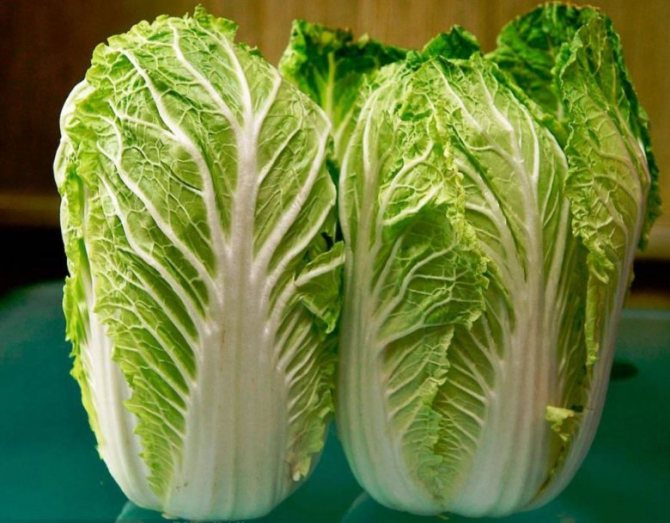

Figure 7. Growing Peking
Peking is one of the early maturing plants. The ripening period of the latest varieties does not exceed 80 days, and you can get a harvest from the early ones in just a month and a half. This species can be grown both using seedlings and in the open field, since the culture is highly resistant to cold weather. It is better to sow seeds in late April and early May, then in one season it will be possible to collect several crops at once. But for a vegetable, light and moisture are important, therefore, in the process of growing the beds, you need to regularly water and loosen them.
The plant contains many substances useful for the body. For example, amino acids strengthen the immune system, and minerals and vitamins have a beneficial effect on the work of the cardiovascular and digestive systems.The author of the video talks about the most common varieties of cabbage for growing on a personal plot.
Reviews and comments
- Lera I have been growing early maturing white cabbage on my site for several years. Fertilizers need to be selected depending on your soil composition. I have no problems with growing it.
Katya In modern conditions, you can grow absolutely any kind of cabbage. I grow only white cabbage, so I don't create special conditions for its growth. It grows well in our territory.
- Anya I am sure that absolutely any variety of cabbage can be grown in greenhouse conditions. Last year I tried to grow Brussels sprouts for the first time and I really liked the result. The harvest was pretty good.
- Olya I really want to start growing Peking cabbage. I think this can only be done in greenhouse conditions. As I understand it, a certain temperature regime must be observed for its growth.

